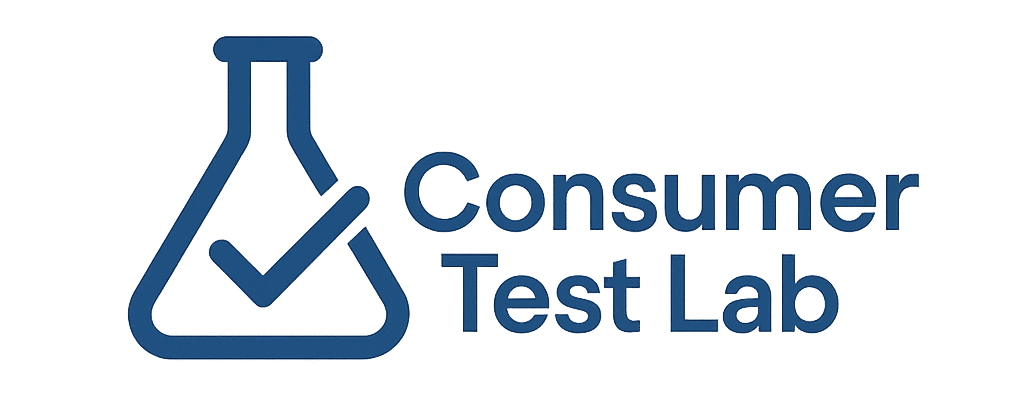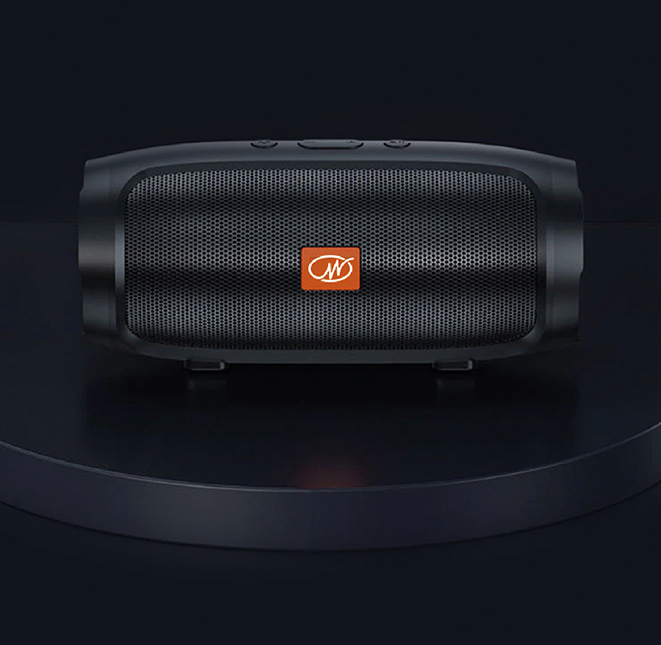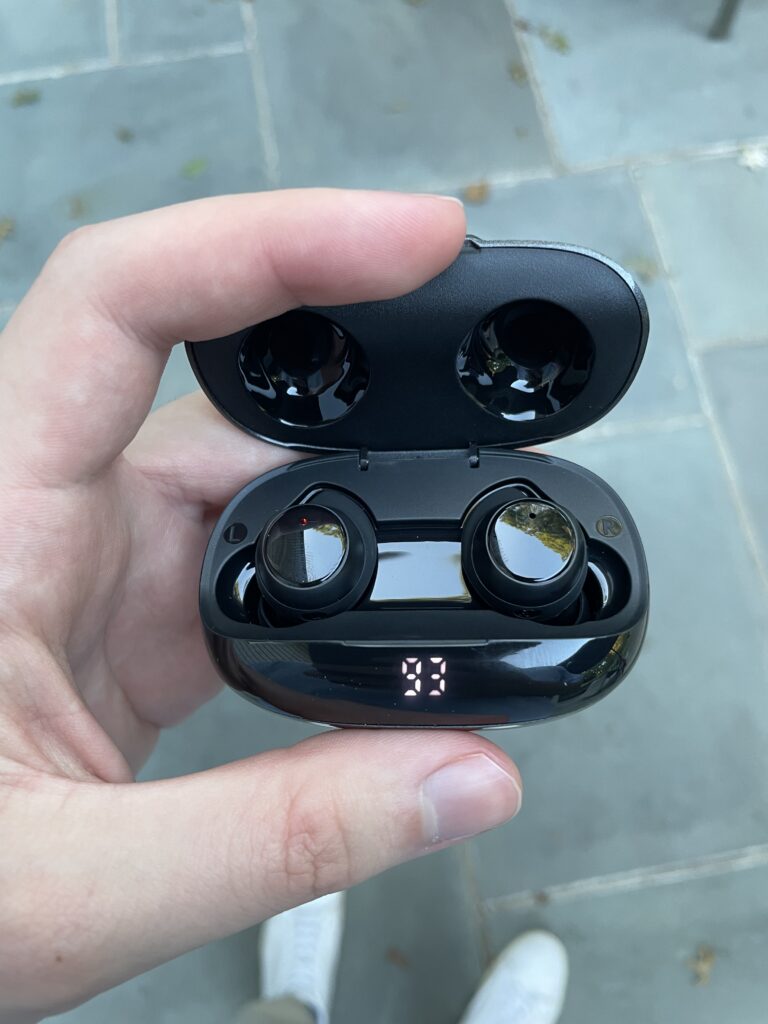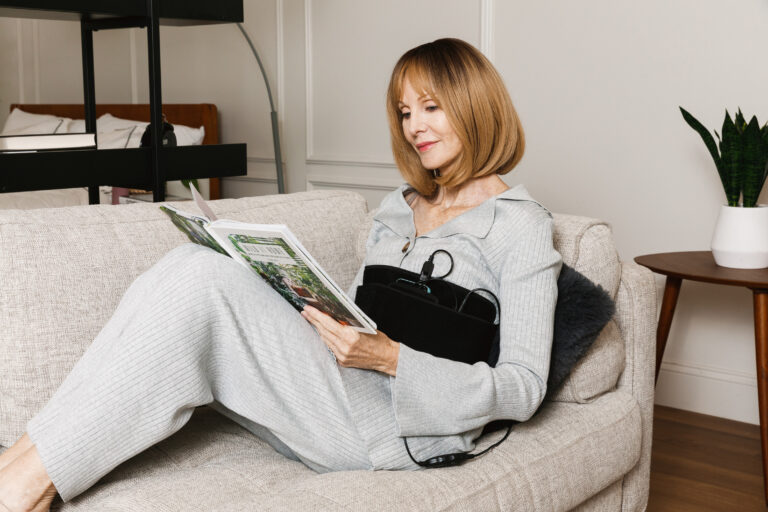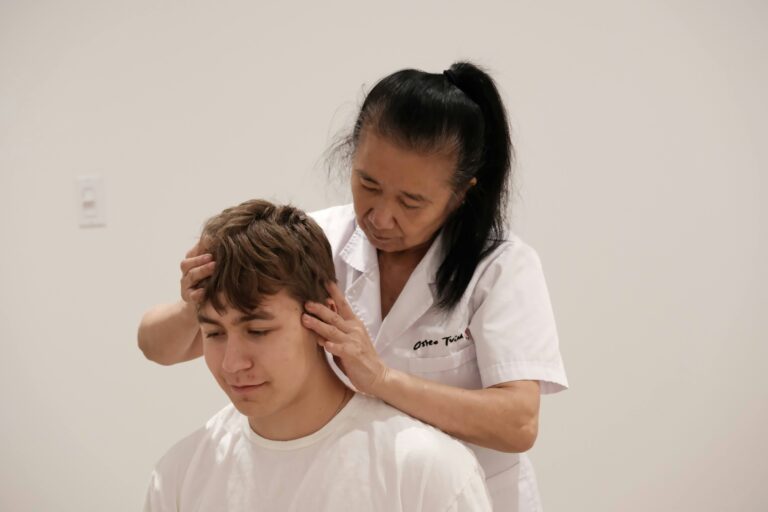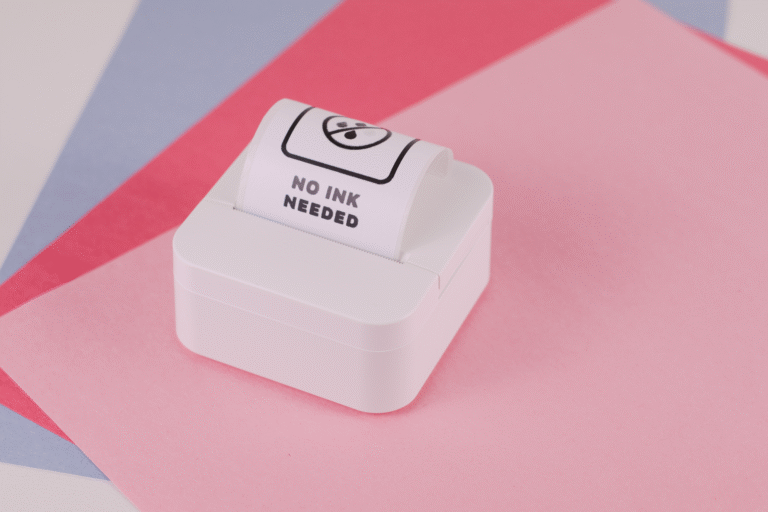ProLief Massage Gun: Honest Review After 4 Weeks of Daily Use
I’m not particularly athletic, but I do spend hours hunched over a computer most days, which leaves my shoulders feeling like they’re made of concrete. I’ve tried various remedies over the years – stretching routines, hot showers, even the occasional massage when my budget allowed. After hearing several people mention massage guns in a fitness group I’m in, I decided to try the ProLief to see if it might help with my persistent neck and shoulder tension.
This review covers my experience using it daily for about a month, including what I liked, what could be improved, and whether I think it’s worth considering.
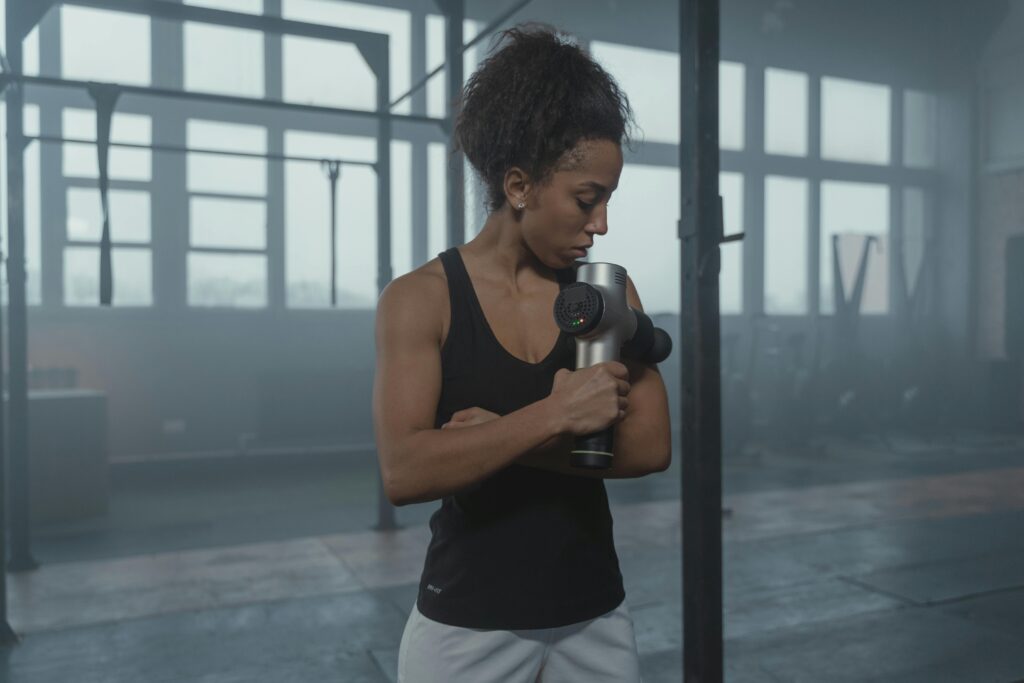
Quick Summary
After using the ProLief Massage Gun consistently for four weeks, I’d say it’s a solid option for everyday muscle tension and soreness. The compact size and lightweight design make it easy to use on yourself, even in hard-to-reach areas. Battery life is decent, and it’s powerful enough for most needs without being painful. There’s currently a sale with code NEWYEAR25 for 60% off, which makes it considerably more affordable than some premium brands I looked at.
| Pros | Cons |
|---|---|
| ✅ Lightweight and easy to handle | ❌ Not as powerful as some premium models |
| ✅ Long battery life | ❌ Limited number of attachment heads |
| ✅ Quiet operation | ❌ May not be intense enough for serious athletes |
| ✅ Effective for everyday tension | ❌ Some plastic parts feel a bit cheap |
| ✅ Good for hard-to-reach areas | ❌ Not suitable for joint or bone pain |
Why People Use Massage Guns
When I first started researching massage guns, I was surprised by how passionate users were about them. From what I’ve gathered from fitness forums and Reddit discussions, there are a few common reasons people buy these devices:
- They’re convenient: Unlike foam rollers that require getting on the floor and contorting yourself into weird positions, you can use a massage gun while sitting on your couch watching TV.
- They target specific areas: Many users mention being able to reach muscles that are hard to address with other tools, especially around the shoulders, neck, and hips.
- They may help with recovery: While scientific evidence is mixed, many active people report feeling less sore after workouts when they use massage guns regularly.
- They’re cost-effective over time: Compared to regular professional massages, a one-time purchase can save money in the long run.
- They simply feel good: As one person put it online, “I don’t know if it helps with injuries but Christ it just feels so amazing…”
How The ProLief Actually Works
The ProLief is fairly straightforward – it’s a handheld device with a rechargeable battery that powers a percussion mechanism. The head moves rapidly back and forth to create a massaging effect on muscles.
Design & Feel
The first thing I noticed about the ProLief was its compact size. Unlike some bulkier massage guns I’ve seen, this one is lightweight (about 1.5 pounds) and easy to hold with one hand. The grip is comfortable and doesn’t slip, even when my hands are a bit sweaty.
It comes with a few interchangeable heads for different purposes:
- A large ball head for larger muscle groups
- A flat head for general use
- A bullet head for targeting specific points
- A fork head for working around spine and neck areas
Settings & Controls
Operation is simple with a single power button and LED indicators showing battery level and intensity. There are 4 speed settings:
- Level 1: Gentle (good for sensitive areas)
- Level 2: Moderate (my most frequently used setting)
- Level 3: Intense (great for larger muscle groups like quads)
- Level 4: Deep (honestly a bit too intense for me most of the time)
My Experience Using It
Week One
I started with the ProLief on my perpetually tight trapezius muscles (shoulders). I was initially surprised by how even the lowest setting felt quite powerful. The first couple of sessions were almost uncomfortable – not painful, but definitely intense. By day 3 or 4, either my muscles were loosening up or I was getting used to the sensation.
One thing I appreciated was how I could use it while watching TV or even while working (on areas other than my arms, obviously). As someone who rarely stuck with foam rolling routines, the convenience factor was huge.
Week Two
By the second week, I had established a routine of using it for about 10 minutes in the evening. I started experimenting with different areas:
- Lower back (worked surprisingly well)
- Calves (great after long walks)
- Feet (a bit ticklish but helped with plantar fasciitis symptoms)
I also noticed I was sleeping a bit better, possibly because my muscles were more relaxed before bed.
Week Three & Four
By this point, using the massage gun had become part of my daily routine. The most noticeable difference was in my neck and shoulder mobility. I could turn my head more freely without that creaky, tight feeling I’d grown used to.
Battery life has proven solid – I only need to charge it about once a week with daily use. The device remembers the last intensity setting used, which is a small but convenient feature.
I wouldn’t say it’s been life-changing, but it has made a noticeable improvement in my day-to-day comfort level.
What Other Users Say
I checked out some online discussions to see if my experience was typical. Many users mention the convenience factor compared to foam rollers:
“I only foam rolled a handful of times. I needed it, but I never did it. I got a [massage gun], and now I massage all the time. It makes an amazing difference in how good I feel and it’s so convenient.”
Another person mentioned its precision for targeting specific areas:
“I tend to get localized tightness or tension in the calves or around the hip and the massage gun is way more precise and targeted than the foam roller, and easier to navigate than sitting on a lacrosse ball.”
Not everyone is convinced about clinical benefits though. Some users are more skeptical:
“I like mine. Makes me feel good and that’s all I can really ask for.”
This matches my experience – while I can’t prove it’s doing anything medically significant, it definitely makes me feel better, which is ultimately what I wanted.
Who Might Find This Useful
Based on my experience, the ProLief would likely be helpful for:
- Office workers with neck and shoulder tension
- People who find foam rolling too much hassle
- Anyone with hard-to-reach tight spots
- Those looking for a cost-effective alternative to massage therapy
- People with mild to moderate muscle soreness
- Casual exercisers for post-workout recovery
It’s probably not ideal for:
- Professional athletes needing very deep tissue work
- People with specific injuries (consult a medical professional first)
- Those with joint pain rather than muscle pain
- Anyone expecting miracle results
Value Assessment
At its regular price, the ProLief is in the mid-range for massage guns – not the cheapest, but definitely more affordable than premium brands that can run $300-400. With the current 60% off promotion (code NEWYEAR25), it’s a pretty good deal.
When I think about the cost of a couple professional massages versus this device I can use daily, the value proposition makes sense. It’s not a complete replacement for a skilled massage therapist, but for daily maintenance, it does the job well.
Final Thoughts
After a month with the ProLief Massage Gun, I’d call it a worthwhile purchase for everyday muscle tension. It’s convenient enough that I actually use it regularly (unlike my abandoned foam roller), and effective enough to make a noticeable difference in how my body feels.
The device has its limitations – it won’t fix serious issues or replace professional care – but for regular maintenance and relief, it does what it promises. The current sale price makes it a reasonable investment for anyone dealing with routine muscle tightness or looking to support their recovery routine.
Common Questions
How long does the battery last?
With daily use of about 10 minutes, I’ve been charging it about once a week. The battery indicator is helpful for keeping track.
Is it easy to use on yourself?
Yes, that’s one of its strengths. The design makes it fairly easy to reach most areas of your body without assistance.
Is it too intense for beginners?
The lowest setting is still fairly powerful, but most people should find it tolerable. Start on the lowest setting and work your way up as you get used to it.
Can it help with specific conditions like plantar fasciitis?
I found it helpful for my mild plantar fasciitis symptoms, but everyone’s experience will vary. Some online users specifically mention it helping with this condition.
Is it noisy?
It’s surprisingly quiet compared to some other massage devices I’ve tried. You can easily watch TV or hold a conversation while using it.
Have you tried massage guns or similar recovery tools? Share your experience in the comments!
